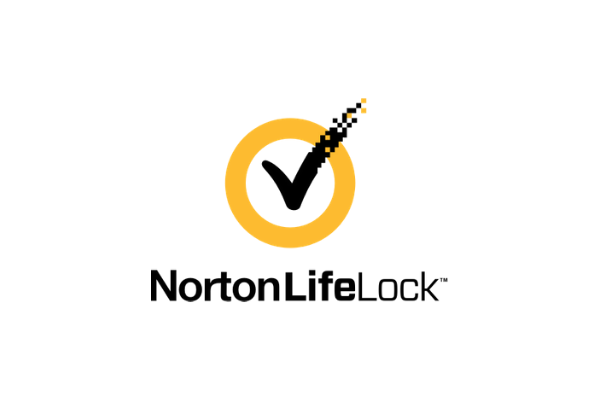Insights
INSIGHTS
All Topics
My Account
Strengthening donor relationships with trust and transparency
03 Jun 2021by Paul Rubens
We look at how charities can use trust, transparency, and technology to build and strengthen relationships
Trust is vital to charities. Without the trust of supporters, service users, and other constituents, charities can’t raise the funds required to help their beneficiaries by providing the services they need.
That’s a problem because over the last ten years there has been a growing mistrust of authorities, organisations, people, and charities. Several possible causes explain the trend, but the most likely ones are the rise of misinformation and so-called fake news on social media.
With so much inaccurate information available from so many dubious sources, it becomes difficult for people to know what sources to trust.
Evidence suggests that this general erosion of trust is having an effect on the charity sector. The level of trust and confidence in charities fell from 6.7 (out of 10) in 2012 to 5.7 in 2016, according to the Edelman Trust Barometer.
More recently, only 48% of people in the UK said that they trust charities to “do what is right” for society in January 2020, although this grew by 6% during the first months of the pandemic.
So what can you do to increase the trust your charity and strengthen your supporter relationships?
Make cyber security a priority
If your charity can’t keep personal data about its supporters or service users secure from cyber criminals, why would anyone trust you with their money?
It’s an important question because if a breach occurs then all those supporters whose personal information has been compromised will usually have to be informed.
If it turns out that data protection best practices have been ignored or overlooked, then this is likely to have a significant negative impact on trust for the charity.
The same is true for cyber security more generally. Cyber criminals are increasingly targeting charities, and if your charity falls victim to these criminals because it has not taken basic steps to mitigate the risk, or has to spend money recovering from a ransomware attack, then supporters are unlikely to trust you with their money again.
Be transparent
Many organisations do end up falling victim to cyber criminals, and sometimes this is unavoidable. But when cyber attacks happen, you should be open and honest about what has happened, what damage has occurred, and what steps are being taken to ensure it does not happen again. Doing this can go a long way to ensuring that the incident does not lead to a serious drop in trust.
Transparency also involves being open and explicit about how supporters’ money is used. To do this, many charities have a simple “where your money goes” page on their website with graphics showing how much money is spent on different activities including administration and salaries.
A more technologically advanced way that charities can ensure transparency is by using blockchains – the technology at the heart of cryptocurrencies such as Bitcoin and Ethereum. Digital financial platforms such as Alice take advantage of the Ethereum Blockchain Network to enable users to track payments made to your charity and also set conditions for how that money can be spent.
Showcase your impact
One effective way to foster trust in your charity is to showcase its activities and highlight the impact they are having on your cause.
Many charities are taking advantage of websites and using video, audio, infographics, and animated web pages to tell stories about their activities, to ensure trust in potential supporters that donations will be put to use effectively. Storytelling software like Shorthand or Ceros can help.
Communicate to raise your profile
People are less inclined to trust organisations that they have never heard of, and more inclined to trust them if they have a visible public profile. That’s especially true if they have been quoted or appeared in media interviews or articles.
That means that you should consider using social media sites – such as Facebook, Instagram, LinkedIn, and Twitter – and blogs and any other media opportunities to engage with the general public and charity stakeholders as frequently as possible.
If multiple people from your charity pursue this strategy then it is important to ensure that they communicate with one voice to ensure that they convey the same messages in a coherent fashion. That’s because providing mixed messages is likely to diminish rather than increase trust.
More on this topic
Recommended Products
15 Jan 2025by Jane Waterfall
A charity guide to maintaining Cyber Essentials all year roundSponsored Article
15 Jan 2025by Jenny Phipps
Cyber security: what to look out for in 2025Sponsored Article
09 Jan 2025by Charity Digital
AI adoption: Lessons from Salesforce's Trailblazer community
Our Events
Charity Digital Academy
Our courses aim, in just three hours, to enhance soft skills and hard skills, boost your knowledge of finance and artificial intelligence, and supercharge your digital capabilities. Check out some of the incredible options by clicking here.



















